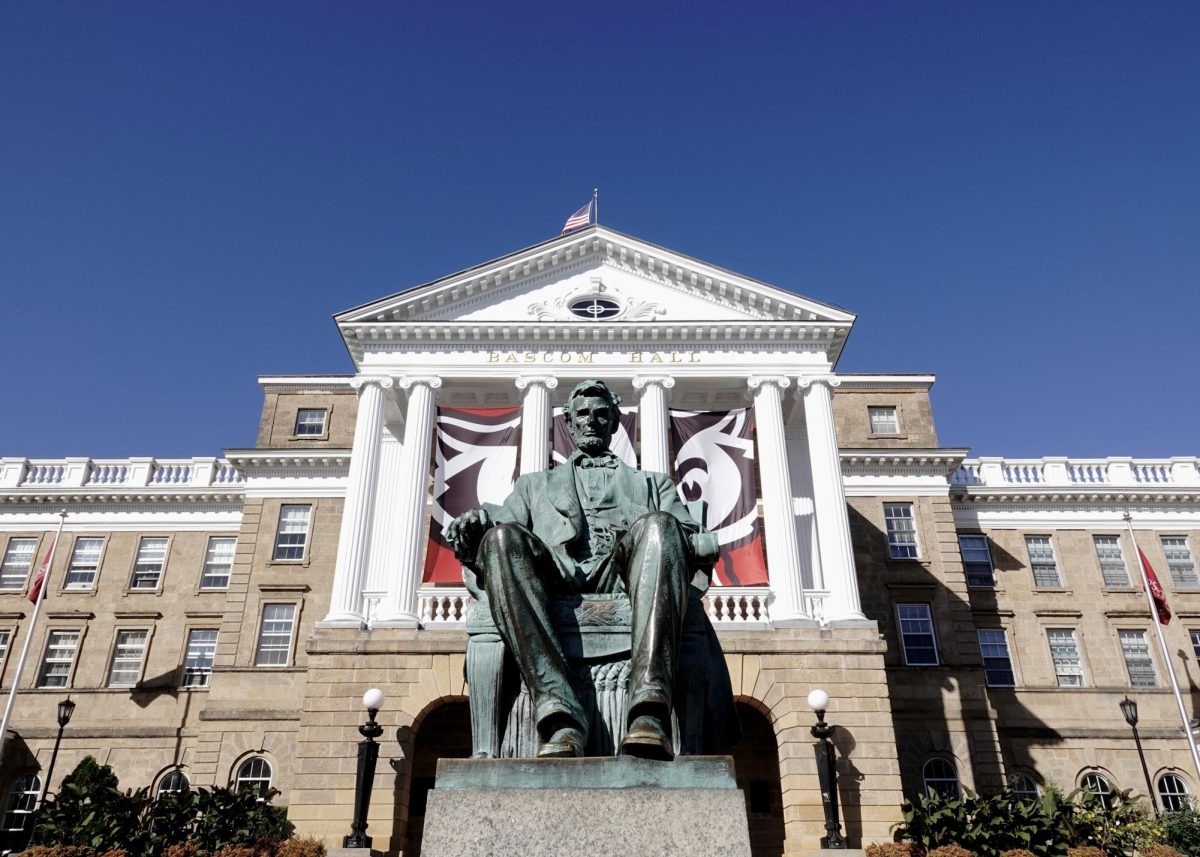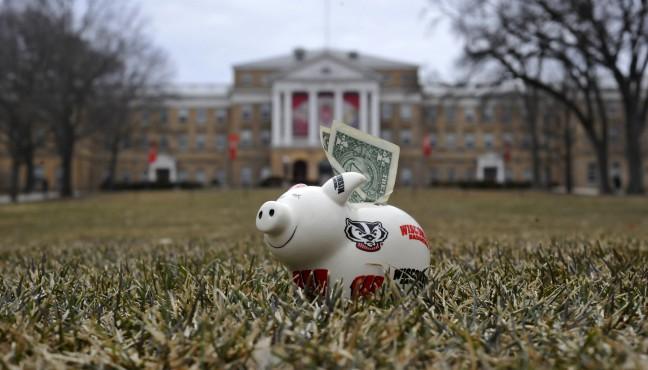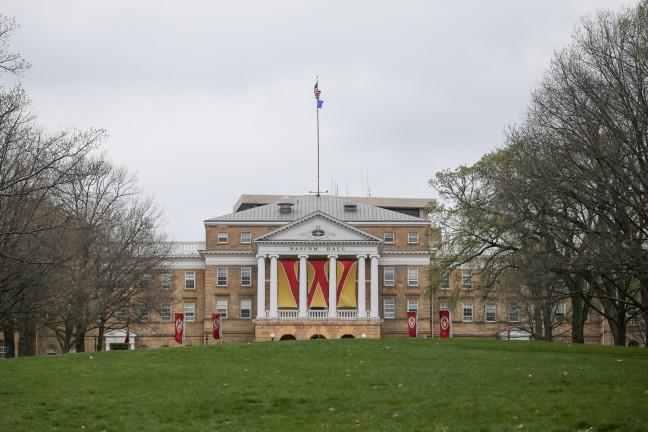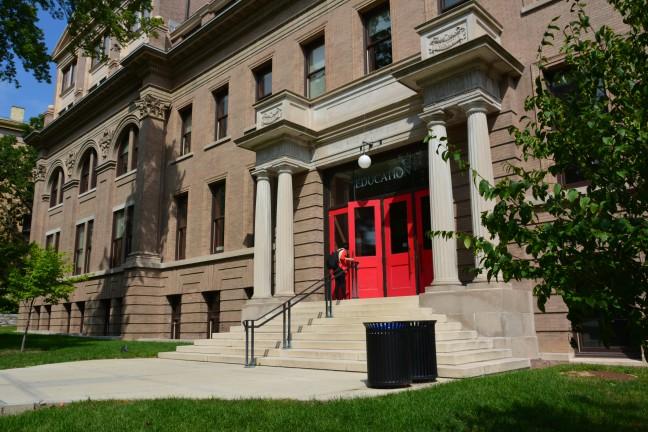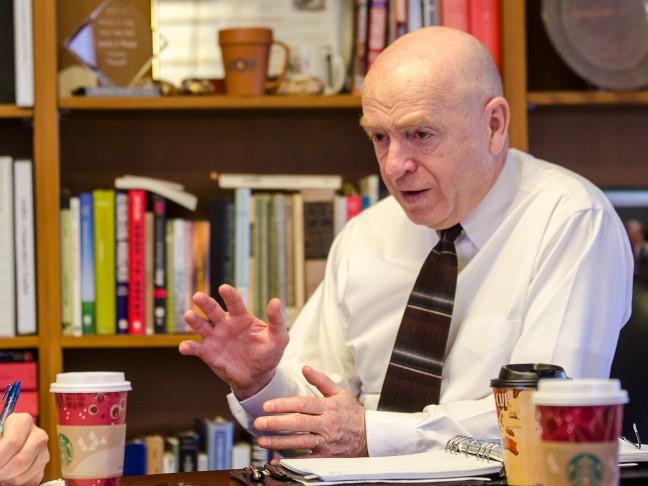An alleged sexual assault incident on the University of Wisconsin-Milwaukee campus Feb. 26 has made campus officials look to increase awareness on the issue.
UW-Milwaukee issued an e-mail Wednesday to all students regarding the alleged assault that occurred on campus last weekend against a female student in her apartment by a stranger.
The e-mail gave minor details of the incident and informed students that the Milwaukee Police Department is investigating the situation.
The UW-Milwaukee Women’s Resource Center, which provides a number of services for sexual assault victims as well as education for students on preventative measures, is going to increase its visibility on campus so students are more aware of their resources, WRC Director Sue McCarthy said.
In this attack, unlike many of the sexual assaults that happen on UW campuses and in the nation, the student did not know her perpetrator, McCarthy said.
“This incident was very atypical of campus sexual assault,” McCarthy said. “Campus sexual assault is usually 80 to 90 percent non-stranger, otherwise known as date-rape or acquaintance-rape.”
While UW-Milwaukee will increase awareness of sexual assault resources available on campus, resources will not be expanded on the UW campus where concerns over sexual assault have also been reported.
“The incident that occurred on the UW-Milwaukee campus this weekend shows how this is a problem for all campuses,” Sapir Sasson, Promoting Awareness and Victim Empowerment spokesperson said.
PAVE is another program on the UW campus that consistently works to implement the most effective preventative and educational measures.
An article by the Wisconsin Center for Investigative Journalism titled “Suffering in Silence,” published March 1 indicates there were an estimated 750 rapes or attempted rapes that occurred on the UW campus in 2008, not including male victims.
While the article says that is only an estimate, it is derived from a national average. UW’s most detailed report to the state only lists 44 sexual assaults on campus in 2008.
Carmen Hotvedt, violence prevention specialist at University Health Services, said this number is so low because people are truly not reporting their incidents of sexual assault, usually because the majority of victims know their assailant and want to avoid conflict.
“While stranger assaults flood newspaper stories and the evening news, only about 10 percent of sexual assaults happen at the hands of a stranger,” Hotvedt said. “We know that these crimes are happening nearly every day on college campuses across the nation and we have an obligation to be continually addressing these crimes rather than to only jump to action only when they are publicized.”
While the report by the WCIJ shows major problems with sexual assault on the UW campuses, this is a major problem on every campus, Sasson said.
Students who want help with issues on sexual assault and other important violence issues should go to the Violence Prevention Center at UHS or contact PAVE, which can help set up students with the help they need.





